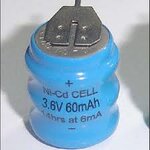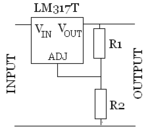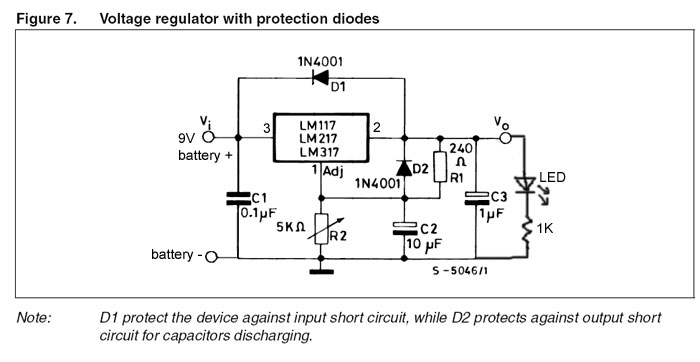rajaram04
Advanced Member level 3

Hello sir
If incase we don't have any idea about the forward current ratings for an L.E.D while purchasing or getting it from somebody then how to calculate the maximum required forward current rating ???
If incase we don't have any idea about the forward current ratings for an L.E.D while purchasing or getting it from somebody then how to calculate the maximum required forward current rating ???





